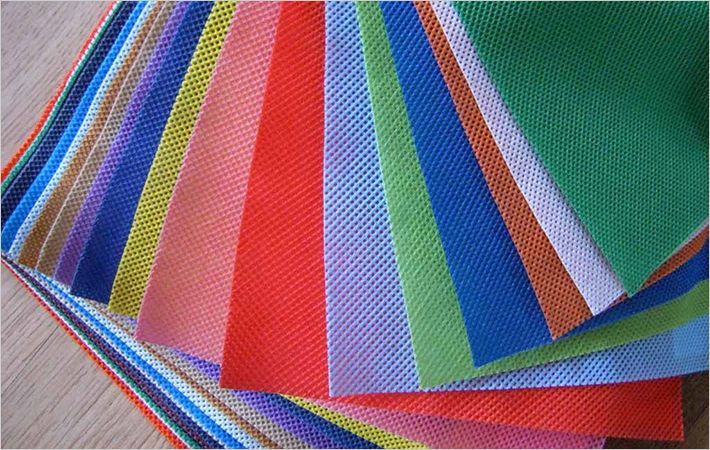However, in contrast to Kevlar and other materials based on fossil fuels, nanocellulose is completely renewable.
Previously, the production process was too energy-intensive to make the commercialisation of nanocellulose a viable option.
However, recent process developments at Innventia have enabled energy consumption to be reduced by a total of 98 %, representing a saving of 29,000 kWh per tonne. By comparison, heating a normal sized house requires approximately 18,000 kWh per year.
What is nanocellulose?
Nanocellulose (also called microfibrillated cellulose, MFC or nanofibrillated cellulose, NFC) has been around since the early 1980s. It is produced by delaminating cellulosic fibres in high-pressure homogenisers. Fully delaminated nanocellulose consists of long (1-2 micrometres) microfibrils (5-20 nm in diameter) and has the appearance of a highly viscous, shear-thinning transparent gel.
Commercialisation of nanocellulose failed to take off back in the 1980s because of the amount of energy required (30,000 kWh/tonne) to delaminate fibres. Subsequent developments at Innventia have resulted in various fibre pre-treatment methods, by which energy consumption can be reduced by up to 98 % (around 500 kWh/tonne).
Applications for nanocellulose
There are a wide variety of potential applications for nanocellulose, including, for instance, the manufacture of both paper and board.
With regard to paper/board, nanocellulose could be used as a strengthening agent in paper with high filler content. Other areas of application may be surface sizing and coating, e.g. as a barrier material (against oxygen, water vapour, grease/oil) in food packaging.
Then there are applications in the field of nanocomposites, non-caloric food thickeners, emulsion/dispersion, oil recovery applications, cosmetic/pharmaceutical applications, and applications in the electronics sector.
Innventia

